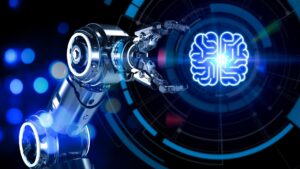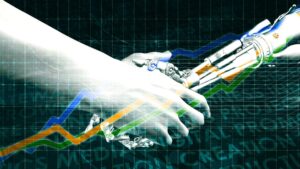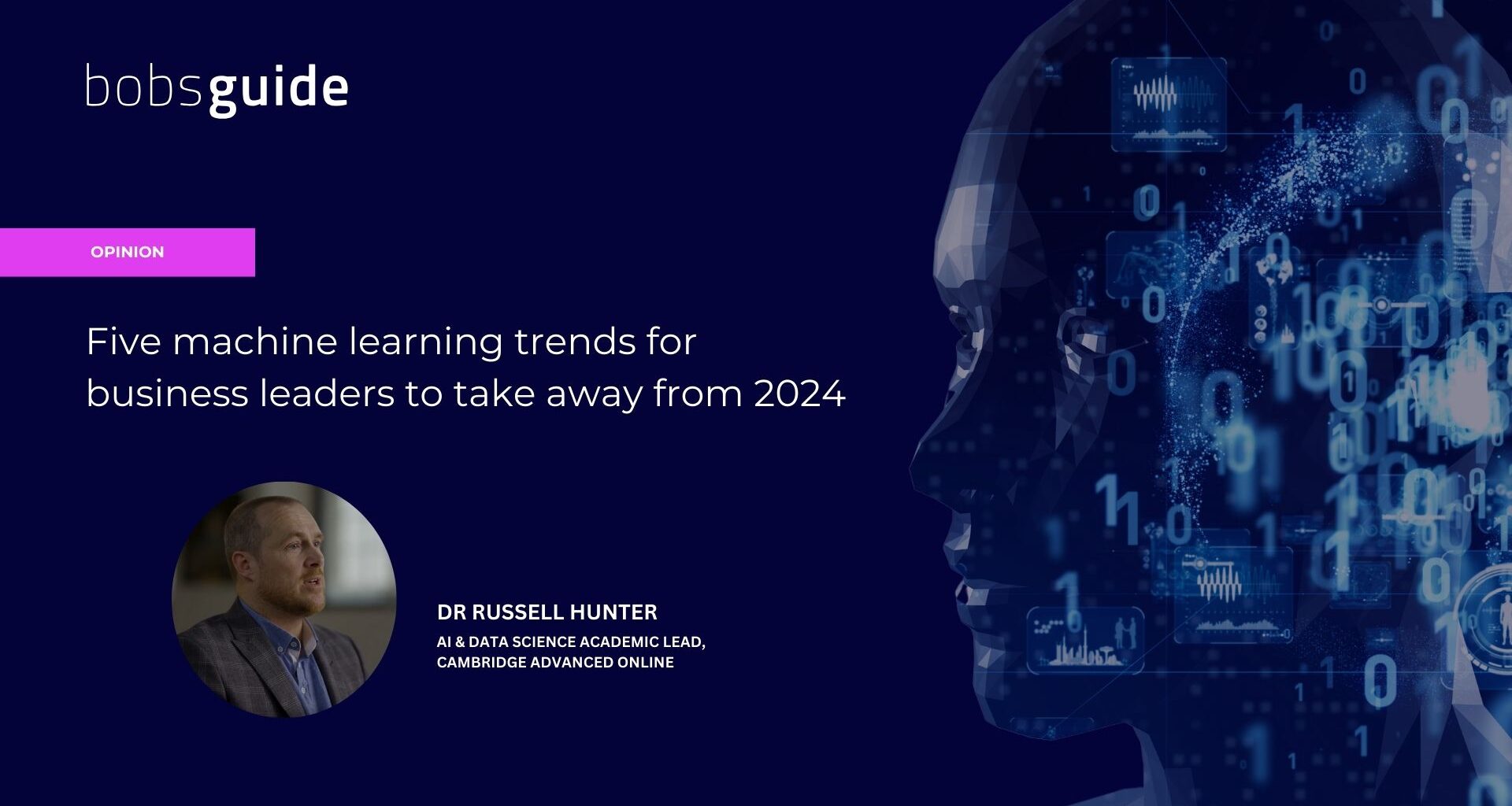As AI and machine learning transform industries, staying ahead is crucial for business leaders. With 42% of enterprise-scale companies now using AI, according to IBM, machine learning is driving major changes. From operationalising ML systems to autonomous decision-making, here are the top five ML trends that will shape the future and help businesses stay competitive in 2024 and beyond.
As artificial intelligence (AI) and machine learning (ML) dominate headlines and reshape industries, they are not just buzzwords – they’re reshaping the way we work. These technologies are expected to evolve continuously, further affecting many aspects of our lives.
IBM’s latest global AI adoption index found that 42% of enterprise-scale companies claim to be actively deploying AI in their business – the same amount that were still exploring its use the year prior. With 2024 drawing to a close, these are the top ML trends business leaders need to know as they navigate this rapidly evolving landscape:
ML operationalisation management – or ML Ops for short – focuses on the deployment, monitoring and governance of ML models in production. In the early phases of our innovation work in this space, there was a worry about drift in performance, managing multiple variations of models, and retraining new data without affecting the business.
This is the kind of thing that ML Ops can help solve as it integrates best practices from a well-established practice in DevOps to ensure the reliable and scalable operation of ML systems. The standardisation and streamlining of ML workflows through ML Ops have become essential as businesses scale their AI capabilities. This trend has solidified its place in the industry, enabling faster deployment and maintenance of ML models.
Autonomous decision-making
These advanced systems are transforming industries by accelerating the speed and precision of decision-making, driving greater efficiency and enhancing customer experiences. By automating manual processes, ML technologies can increase businesses’ abilities to analyse vast amounts of data quickly while uncovering patterns and making informed decisions.
Sophisticated multimodal AI can analyse genetic data and patient histories to recommend personalised treatment plans. This leads to more effective and individualised health care. Similarly, by leveraging data from electronic health records, these systems can predict patient outcomes or complications, which allows for proactive intervention.

As AI continues to grow and move forward, the computational resources needed to grow exponentially too. This pioneering area is attracting significant research and investment, particularly in high-stakes industries like finance and pharmaceuticals and big names such as IBM and Google.
Quantum AI has the potential to allow more accurate and complete models as they are not constrained by classical computing. This is more speculative for the future, but it’s an exciting frontier and has the potential to solve problems beyond the reach of classical algorithms.
Another cutting-edge development, Edge AI brings an immediate processing capability which is crucial for applications in autonomous vehicles, industrial automation and healthcare monitoring, where time-sensitive tasks require prompt responses. This is achieved by processing data locally on the device, reducing latency, enabling real-time decision-making and minimising the amount of data that needs to be transmitted to central servers.
By processing sensitive information locally, this also enhances privacy and security, reducing the risk of data breaches during transmission. However, challenges such as hardware limitations, integration complexity, and the need for efficient management and maintenance of numerous edge devices curtail the full effectiveness of edge AI.
While there are concerns that AI will replace humans in the workplace, the latest AI developments can augment rather than undermine human contributions. The augmented workforce trend leverages AI to assist rather than replace human workers, transforming job roles and boosting productivity across various sectors.
This collaboration between humans and AI combines the strengths of both, allowing AI to handle repetitive, data-intensive tasks while humans focus on strategic, creative and interpersonal activities that require emotional intelligence and critical thinking. Rather than eliminating jobs, AI reshapes them, leading to the creation of new roles that require managing, programming and collaborating with AI systems.

It is crucial to keep an eye on these developments as a business leader, to ensure your organisation is fully equipped to gain an edge by leveraging AI and ML.
For an indepth look at these insights and additional trends, read Dr Hunter’s machine learning trend analysis on the Cambridge Advance Online blog.
Dr Russell Hunter is the AI and data science academic lead at Cambridge Advance Online, the University of Cambridge’s online short course provider. Dr Russell He holds a PhD in Computational Neuroscience and has transitioned from academia to industry, now working as a technical lead in web development, serverless architectures, and machine learning. After eight years as a postdoctoral researcher at Cambridge, where he developed educational apps for prospective engineers, his career spans software engineering, image processing, edtech, and lecturing in Computer Science.
